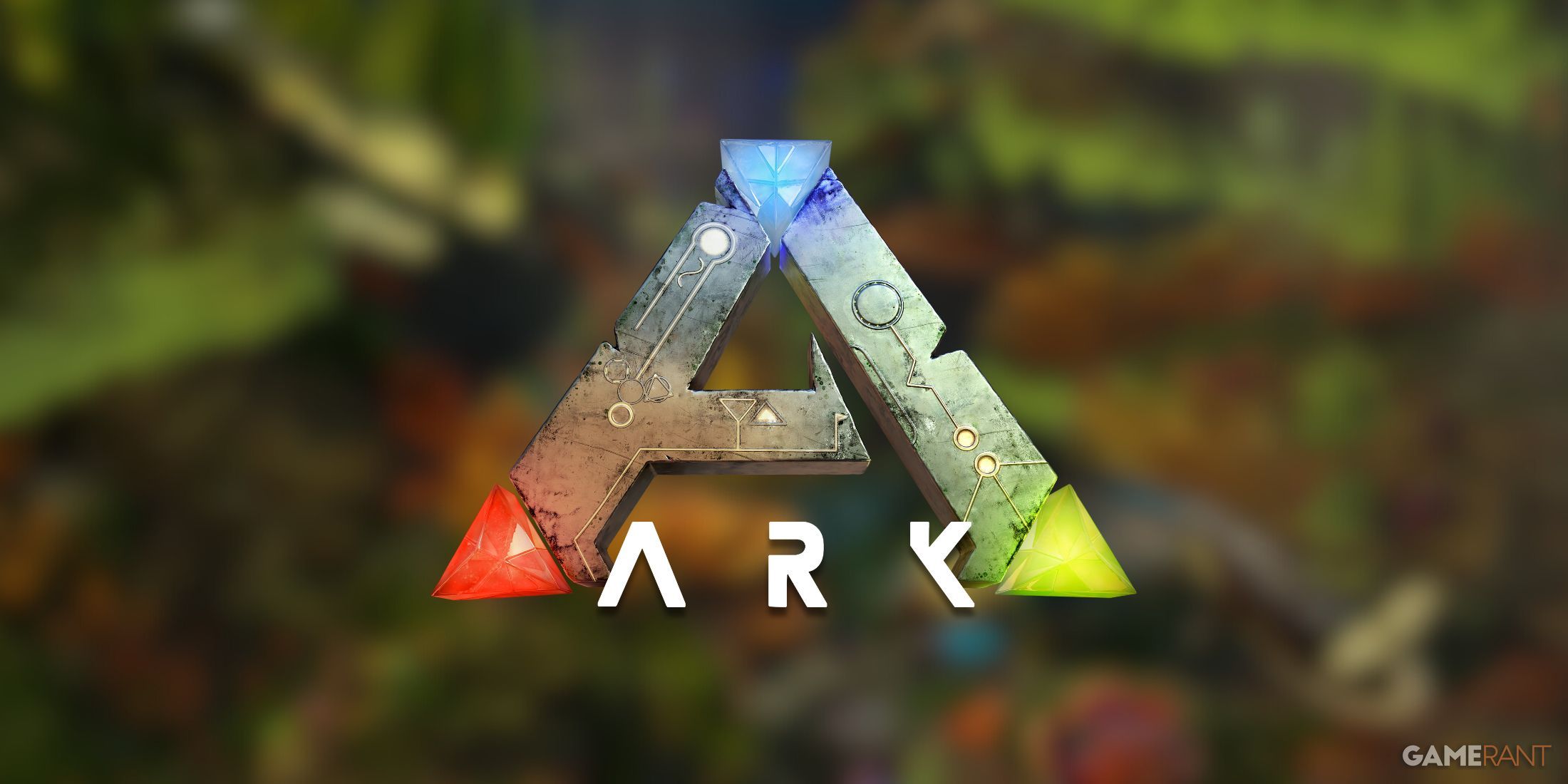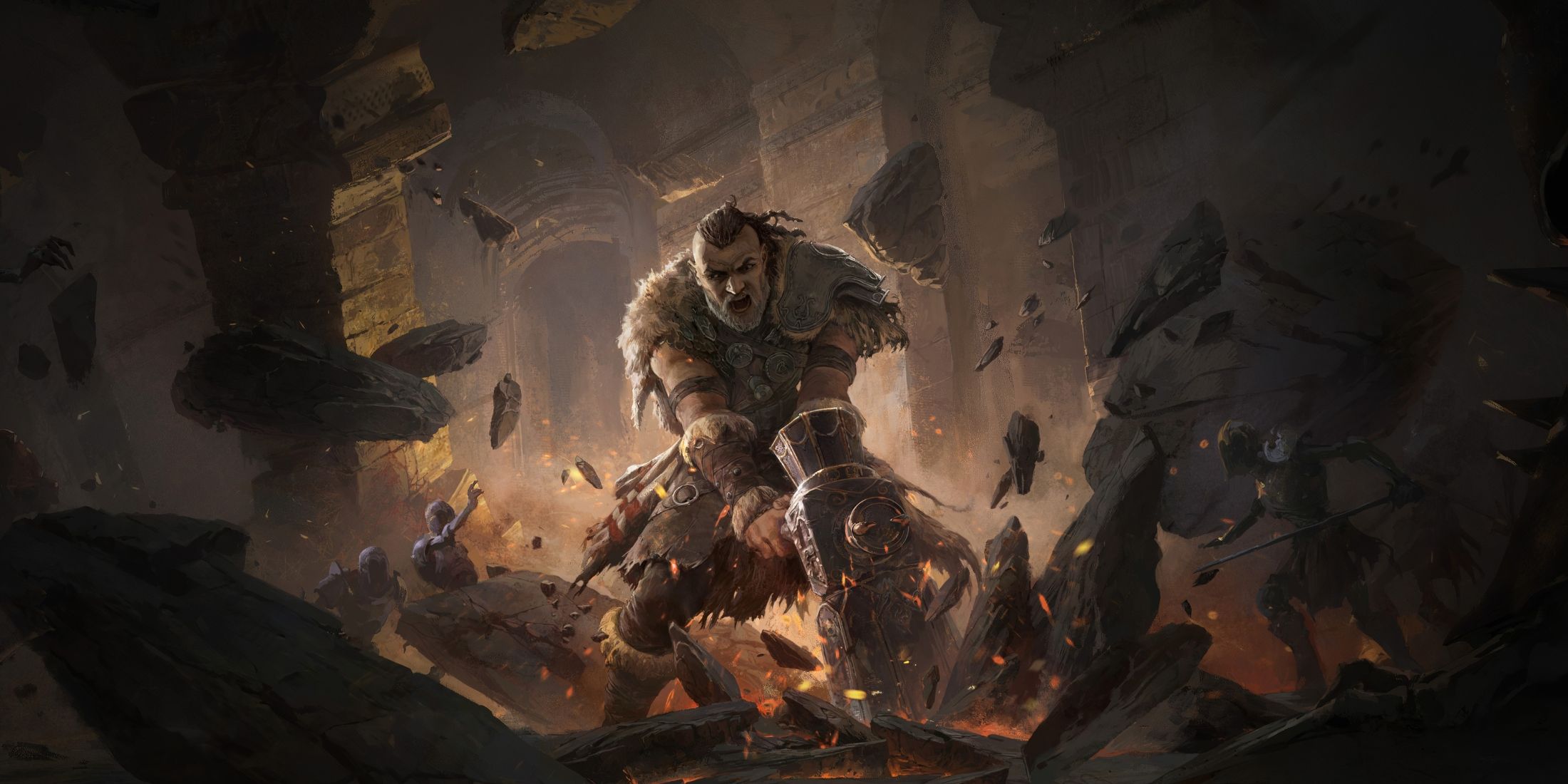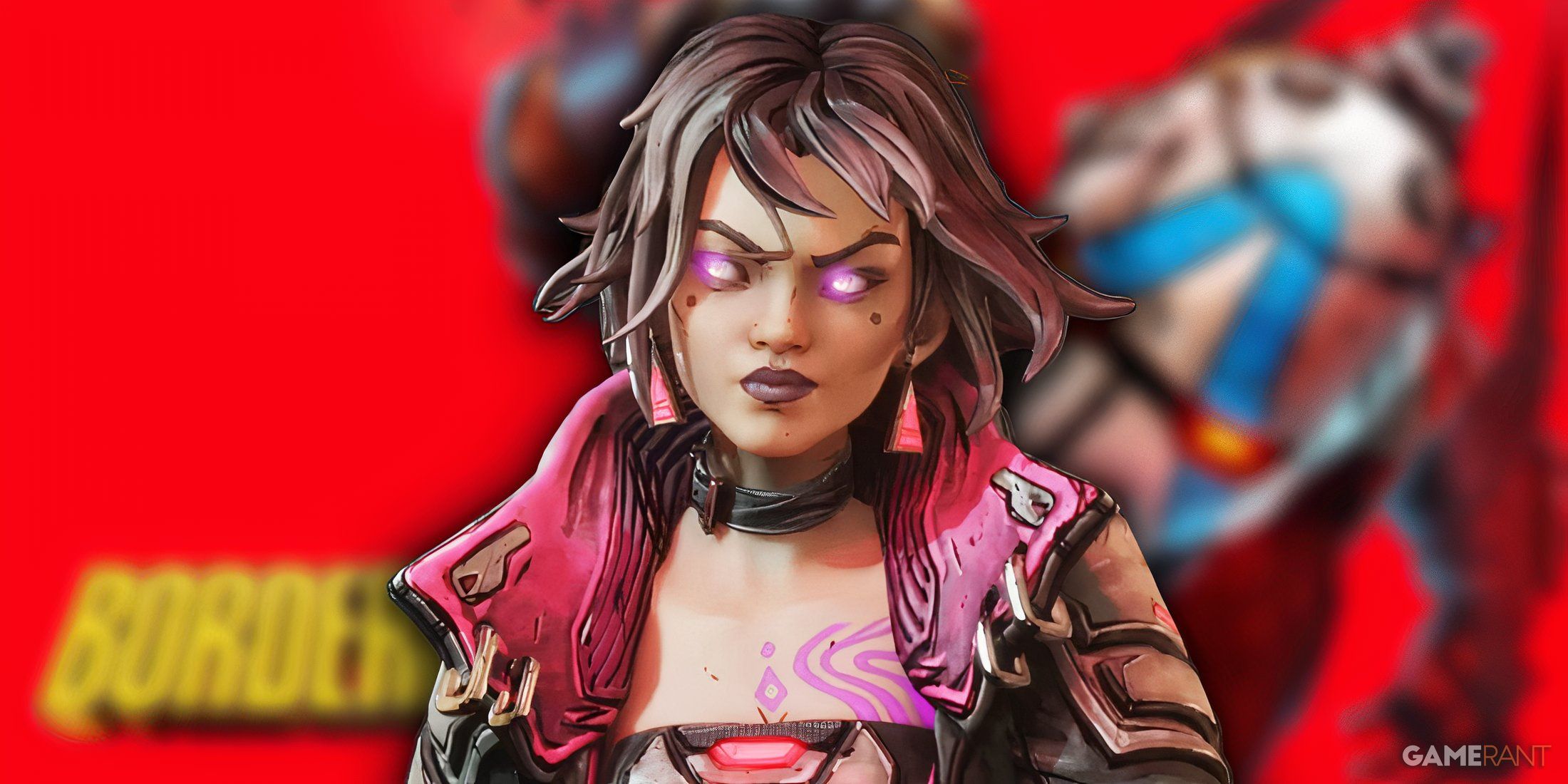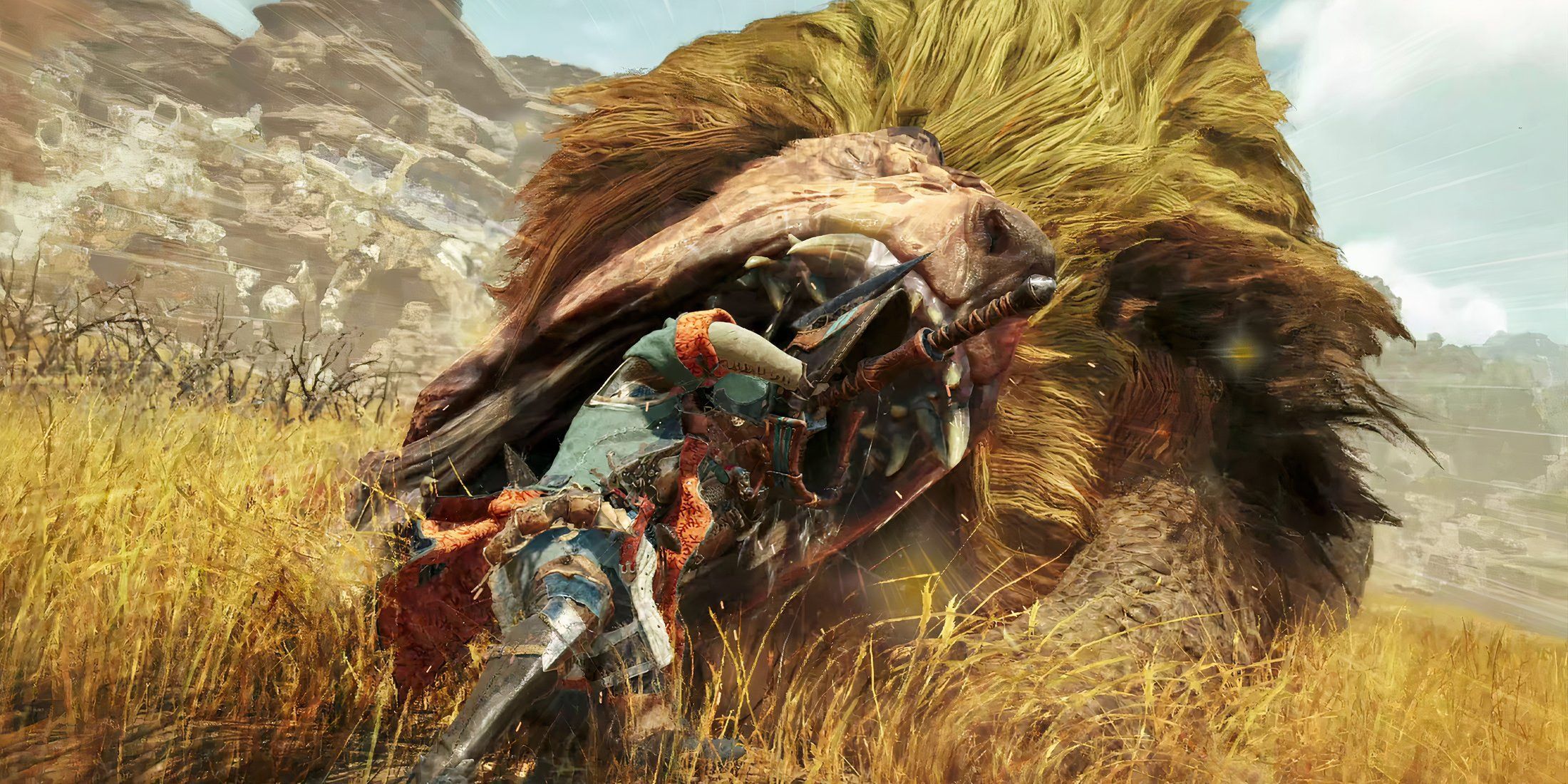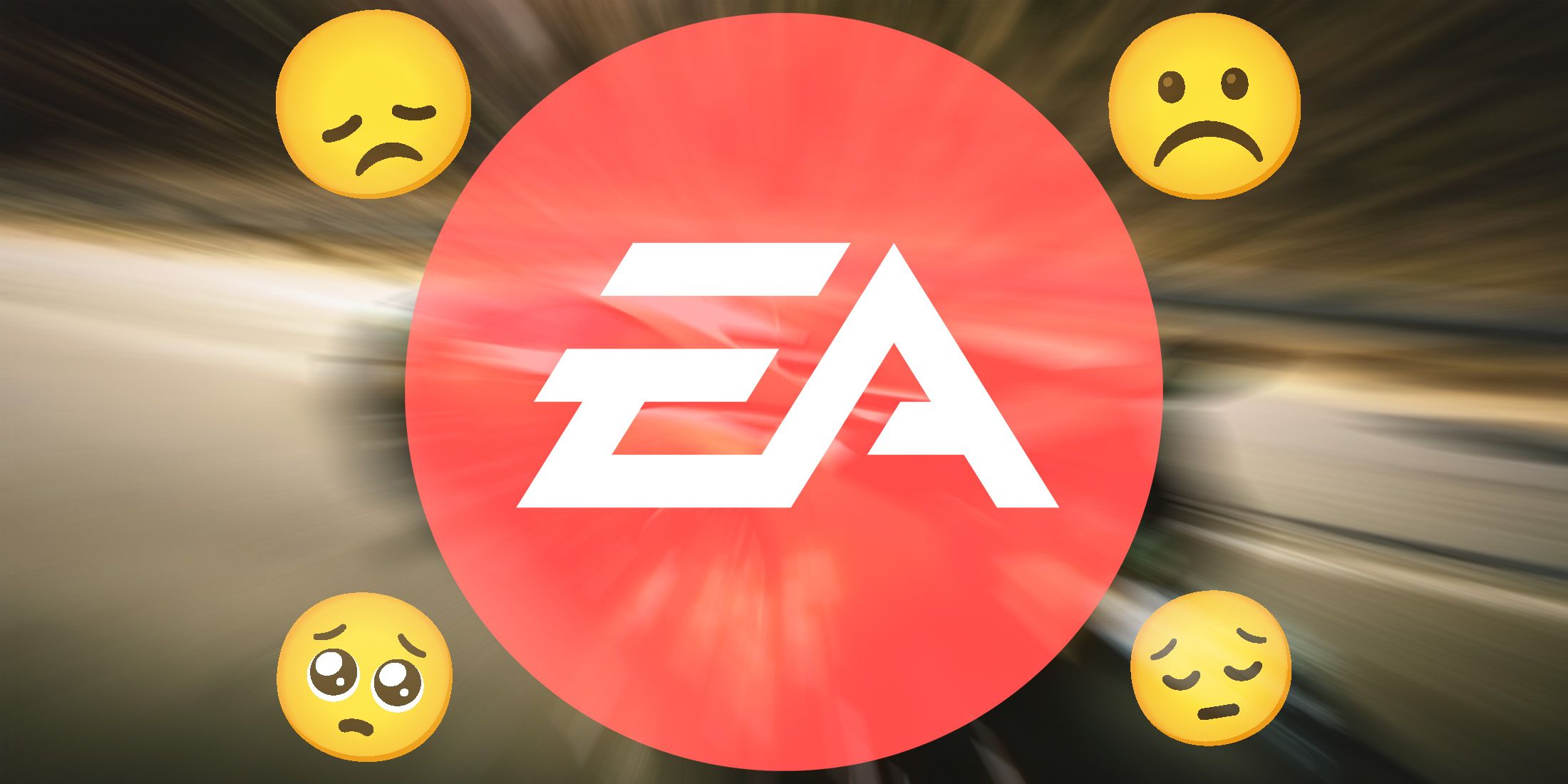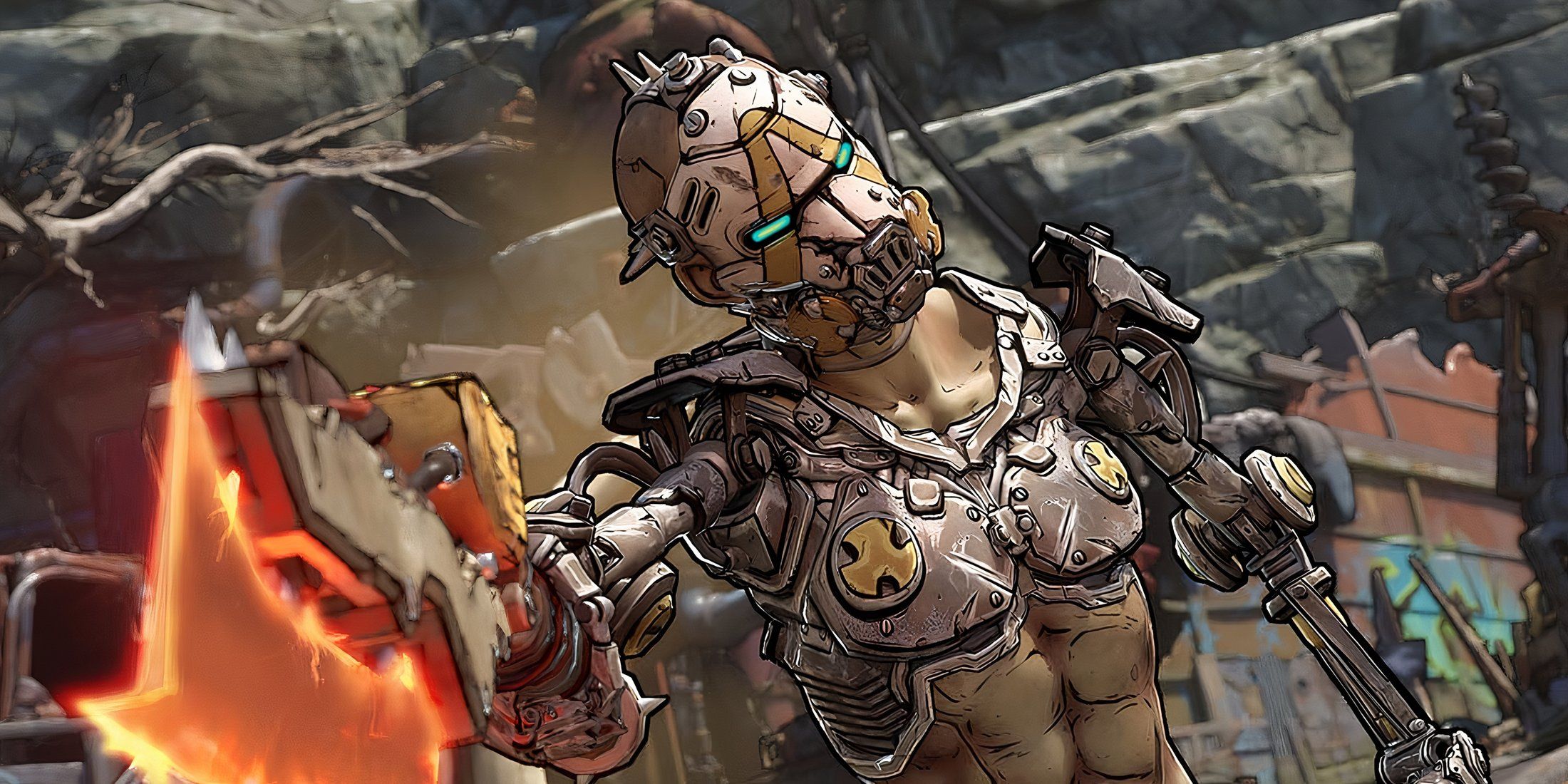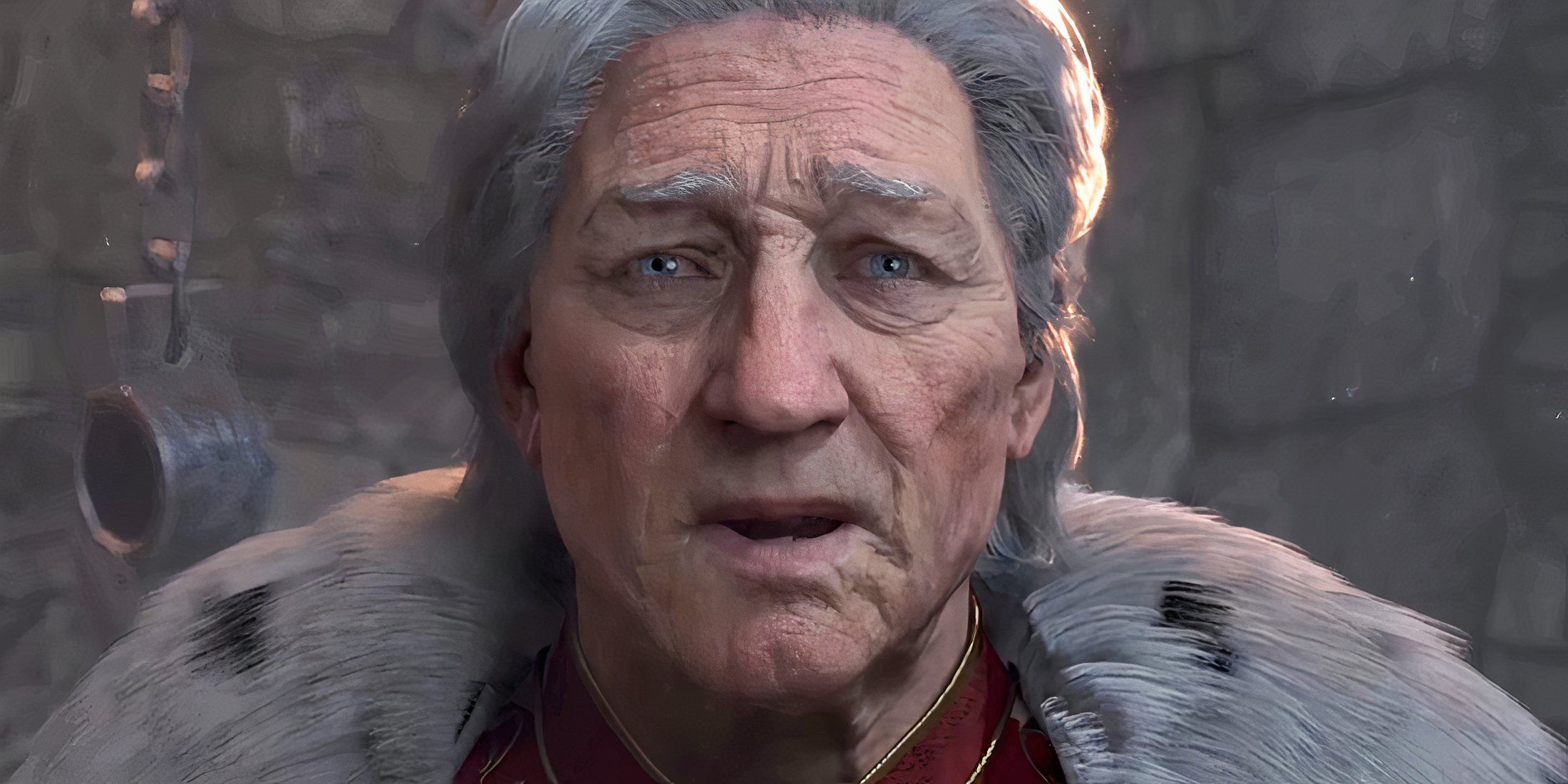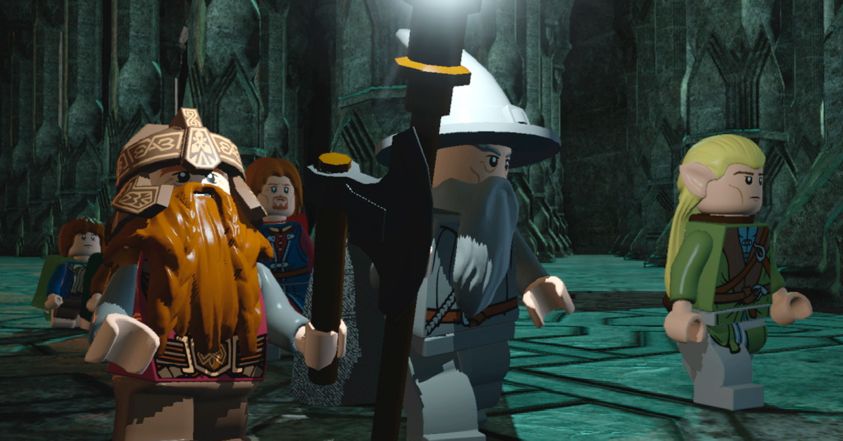
This autumn will mark 20 years since the release of LEGO Creator: Harry Potter, the first Lego game based on a licensed property. Though it launched an era of fan favorites, it’s hardly The Last of Us—unless your idea of gripping gameplay is finding Ron’s pet rat. That’s no bad thing, though. That the Lego series has endured this long suggests demand is still ripe for enjoyable, unchallenging games. Over the past year, they’ve become nothing less than essential. Let’s consider why that might be.
FunAs obvious as it sounds, unchallenging games are fun.
This is harder to pin down than it might first appear. In a now-infamous 2018 interview with Buzzfeed, Neil Druckmann, the creative director of The Last of Us Part II, said that when approaching the game, the team “doesn’t use the word fun.” An underreported second part of that quote, though, is that the team instead focused on being engaging.
As he recognized at the time, this distinction is minor but not insignificant. It helps us sort between games that are interested in making us uncomfortable across our moral lines, and games that are interested in putting Lego Stormtroopers in hot tubs.
Fun games might be less difficult than engaging games, but the challenge isn’t eliminated. Some struggle is still key to making any game rewarding. No one who’s tried to pilot the UFO Ride in LEGO Indiana Jones 2: The Adventure Continues would deny that Lego games can provide a challenge.
Still, offering what is ultimately an easy, uncomplicated experience has an important place in gaming. Indeed, that’s what the very first video games offered. One of the very first—1950’s Bertie the Brain—pitted the player against a 4-meter-tall computer in a game of tic-tac-toe. The technology of the time was so limited that its successors were also confined to replicating preexisting games. Chess, checkers, and Nim were popular. Later games in the late ’50s and early ’60s like Tennis for Two and Spacewar! marked progress, but only so much. Even by 1972, there was hardly the computing power to lend weighty narrative backbone to a game of Pong.
No matter: The uncomplicated appeal of having fun—albeit helped by spectacle—was enough, and it launched what is now a multibillion-dollar industry. Holding onto that tradition is a smart move.
Fan BasesUnchallenging games also tend to foster communities with less problematic behavior. After all, it’s hard to have gatekeepers in a game that’s designed for everyone and their dad to play. The Fair Play Alliance works to encourage healthier communities of fans, and its cofounder, Kimberly Voll, notes the relationship between the nature of a game and the conduct of its players. Speaking to WIRED, she explains:
“A game that is more competitive in nature or has mechanics that allow you to interfere intentionally with another’s enjoyment (such as taking resources or destroying their creations) will be more likely to cause friction among players.”

